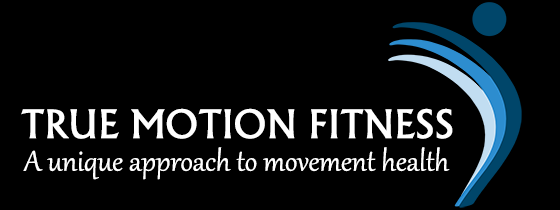
Where Does it Really Hurt?
The human body has an incredible ability to compensate for less than perfect functionality. For instance, when the body senses it’s not getting enough blood and oxygen, it increases blood pressure and heart rate while holding onto salt and water. For certain types of chronic respiratory conditions, the kidneys kick in to help compensate for too much carbon dioxide in the blood. From tweaking body chemistry to the limp you adopt after dropping a hammer on your toe, your body deploys an array of compensatory mechanisms in an effort to protect itself from potentially harmful weakness.
As an incredible self-healing machine, sometimes all we need is a little more blood volume or a bit less weight on a sore toe for a day or two. Sometimes though, we don’t heal as planned and the compensatory mechanism works too well. We don’t realize our heart is enlarging to push more oxygen and blood into the system. Or we don’t notice that limping around put stress on the ankle which made the hip work harder and six months later we have unexplained lower back pain.
Now you have back pain and if you’re like most Americans, you pop a few ibuprofen and get on with your day. In the next few months or years, the muscles in your back get tighter and tighter (despite your monthly massage) until you can’t sit at your desk for more than an hour before the pain drives you to stand or walk. At some point, you might start thinking about back surgery. This scenario might seem implausible until you think about how the body protects itself.
In my previous blog post on muscle tightness, I used an example of an overuse injury to the biceps which triggered the brain to tighten the triceps in order to protect the biceps by limiting its range of motion. In addition to limiting range of motion to protect the biceps, the brain recruits surrounding muscles to assist with the work the biceps normally does. (Imagine six people rowing a boat, if one goes down the other five have to work harder. And they can…for a while.) Hopefully, the biceps heal before another muscle wears out and forces the brain to compensate yet again by limiting that muscle’s range of motion and calling on additional muscles to share the burden.
Consciously, we probably won’t have any idea of what’s going on. We originally felt biceps pain, but when the brain put the biceps on R&R by shifting the work burden and flooding the area with pain-relieving hormones, we think we’re completely healed. We go back to our normal activities, maybe doing the same activities that caused the overuse in the first place.
However, the triceps are still on tighten mode, other muscles are still picking up biceps slack and soon we are sore everywhere but the biceps! We keep trying to work the tightness out of our triceps not understanding that the poor triceps are just trying to protect the still healing biceps.
Unfortunately, it’s possible that by the time the biceps heal, the triceps or some other muscle will now be traumatized from being overworked or being tight for too long or from our repeated attempts to mash or stretch the discomfort away. Unwittingly, we might have set off a cascade of compensatory mechanisms that could result in chronic pain in an area far from the biceps or triceps.
Understanding this mechanism is critical for successful treatment of muscular-based pain. By realizing that the cause of the pain could be far from the area where you are experiencing pain frees MAT practitioners from relentlessly pursuing non-effective treatment which can occur when the site of pain is the main focus.
-Yvonne Becker, for True Motion Fitness